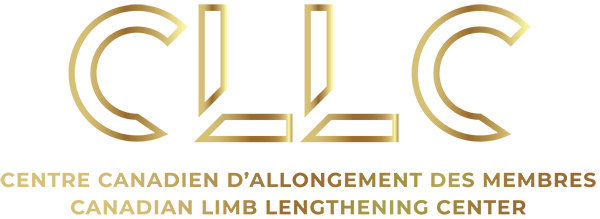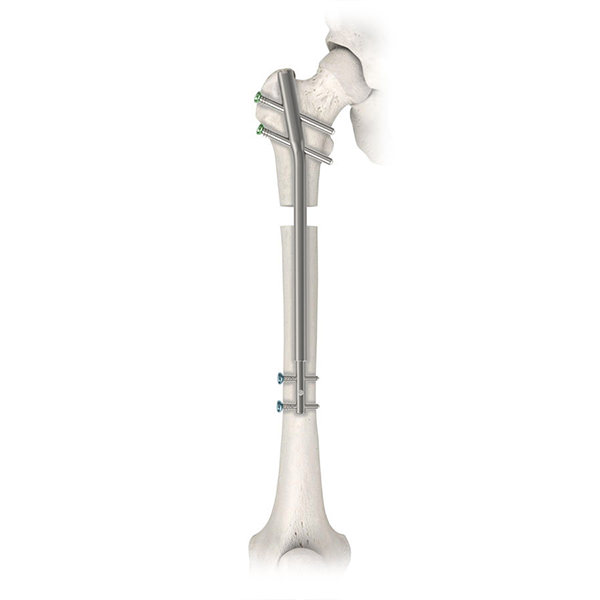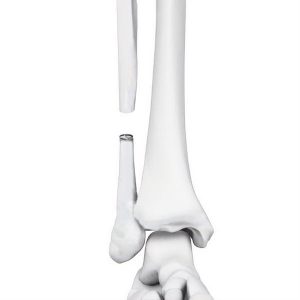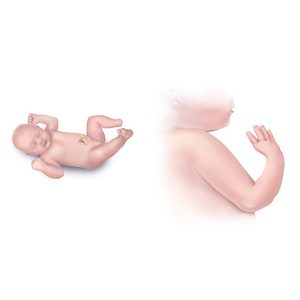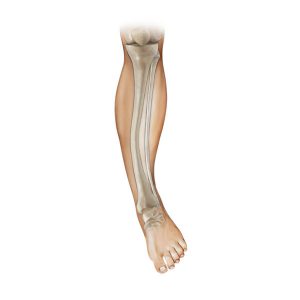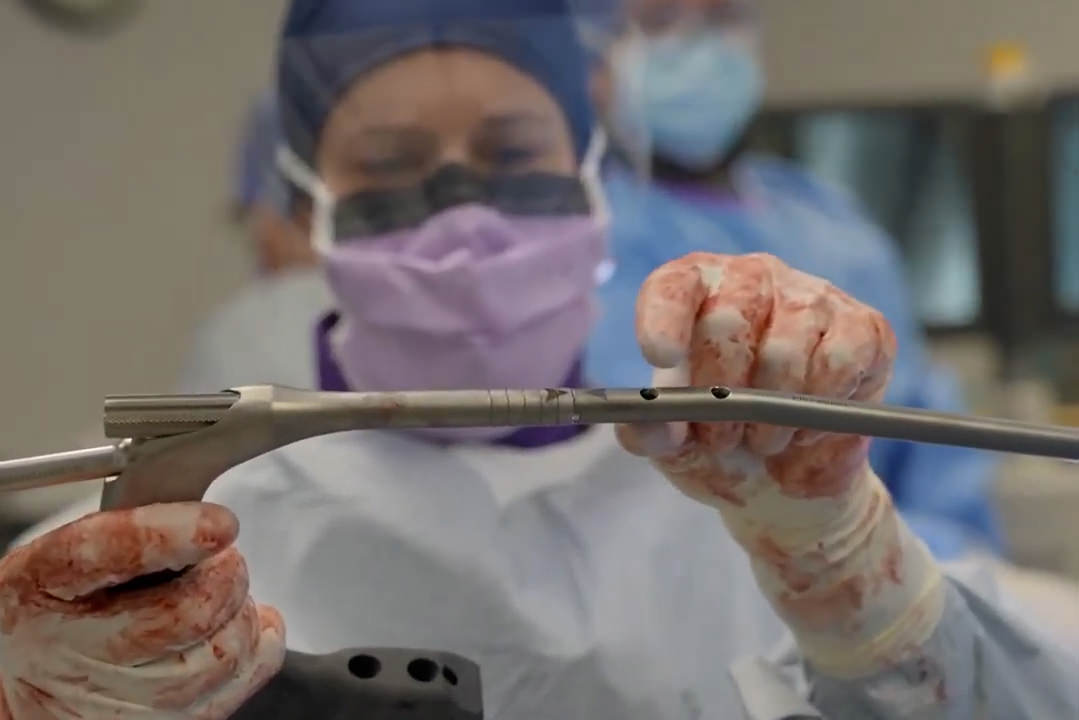For decades, external fixation was the best option for limb lengthening. Recent advances have resulted in alternatives that decrease complications associated with external fixation and show improved results. Internal limb lengthening uses the PRECICE system for limb lengthening of the femur and tibia. This system uses the principles of bone regeneration (distraction osteogenesis) to pull segments of the bone apart and stimulate new bone formation. Once the system has been placed, gradual limb lengthening with internal fixation uses a non-invasive method to lengthen the nails. This type of limb lengthening is associated with less pain and more comfort for patients.
Indications / Candidacy
Candidates will be assessed by one of our surgical specialists to ensure a proper diagnosis and that all physical criteria for internal limb lengthening are met. Though the internal fixation system is offered in several different lengths and diameters, not every patient meets the requirements for this type of lengthening.
Good candidates for this procedure experience:
- A length difference between two limbs
- A combination of deformity of limb in one or more planes along with a length difference between two limbs
- Pain that affects their back, posture, hips, knees, and ankles
- Pain that is more severe on one side of the body
- Issue with gait or walking
- A short stature
Our limb lengthening specialists are aware of, and ready to respond to complications. With access to a team of surgeons, our care offers diverse knowledge surrounding any potential complication or challenge. Patients can rest assured knowing they are well taken care of.





Treated Conditions
The PRECICE system has been used worldwide and has reported and published results that show patients experience less pain and lower complication rates in comparison to external fixation methods or previous implantable nail systems. Our centre offers treatment of many complex orthopedic conditions. With highly specialized expert care, we have developed a holistic approach to help patients and their families treat many specific conditions. Gradual Lengthening with internal fixation is used in the treatment of:
Surgical Technique
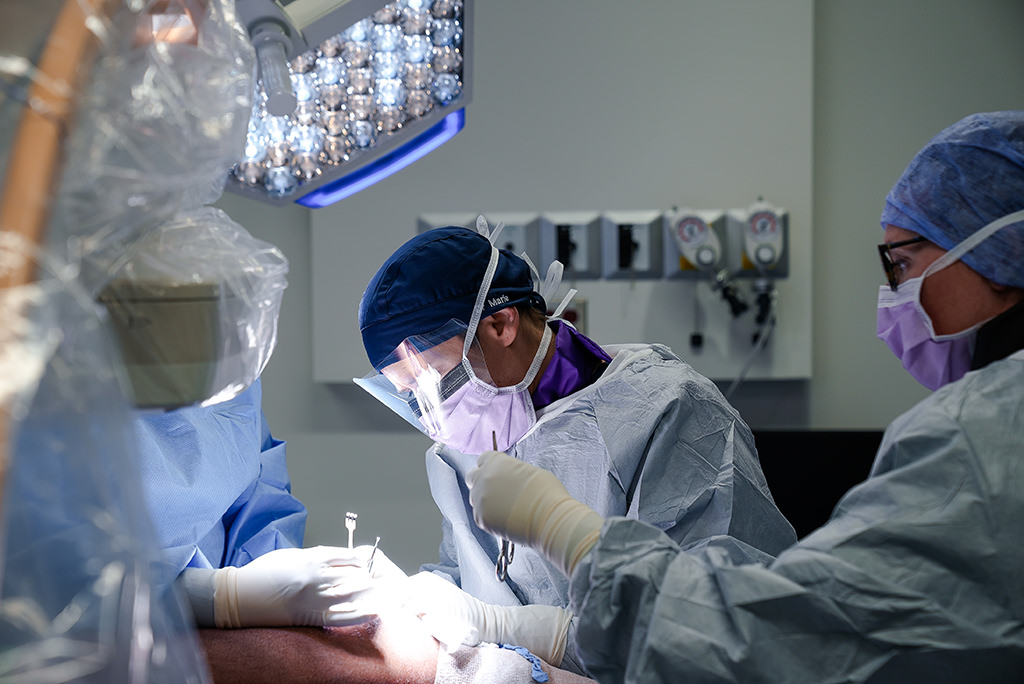
We pride ourselves in using the most advanced technologies available. Our centre offers the PRECICE system for internal limb lengthening. This system relies on magnetic interaction between the PRECICE nail and the PRECICE external remote controller (ERC).
The nail is placed in the bone and locked with bolts on either end. Prior to final nail fixation, the bone is cut through a small skin incision to create two segments. A small incision helps to preserve all the soft tissues around the bone and leaves patients with less scaring.
Live procedure of the technique for PRECICE antegrade tibial lengthening.
Live procedure of the technique for PRECICE antegrade femoral lengthening
Seven to ten days following surgery, the bone is distracted by placing the magnet (ERC) on the skin which then activates the nail to lengthen. Lengthening is done at approximately 0.75- 1mm per day until the desired length is achieved. Once the length is achieved the consolidation phase starts and the bone heals around the nail.


The PRECICE ERC is programmed in order to accurately lengthen the femur or tibia based upon the surgeon’s prescription. Weekly or bi-monthly clinical and radiographic evaluations are performed to confirm the lengthening and new bone formation. The rate of lengthening may be modified by the surgeon to match the quality of the new bone formation. The nail can also be used to compress the bone, if required clinically and programmed by the treating physician.
Results
Limb lengthening can usually add between 6-8cm of length to the bone. It can be performed on the arms (humerus or radius/ulna) and in the legs (femur and tibia). Once a full recovery has been made, patients can enjoy the same activities that they did prior to surgery. Sometimes surgery is used to avoid potential joint and spine problems in the future. Patients who were experiencing pain because of limb discrepancies and/or deformities find their symptoms improve or are completely alleviated after limb lengthening.

Potential Complications
As with any surgical procedure, Gradual Lengthening can have difficulties and complications. While educating patients on these potential risks, we take extensive measures to avoid complications and teach patients how to properly care for their body after surgery. In the case that difficulties arise, we have experienced specialist who know how to respond. Complications and side effects may include:
- Delayed union, non-union or malunion of the bone
- Superficial (skin and soft tissues) or deep infection (bone infection)
- Neurovascular injury (very rare)
- Compartment syndrome (very rare)
- Joint contractures due to lengthening (hip, knee and ankle)
- Infection of bone (osteomyelitis)
- Fat embolism syndrome or Pulmonary embolism (very rare)
Case studies
AM I A CANDIDATE?
Are you experiencing an orthopedic condition and would like to improve your physical capabilities?
Or you simply would like to achieve your long-lasting dream of improving your height?
Let us help you achieve your optimal health and wellness in a professional setting.
Let’s open up a discussion to help you achieve your goals.




Highly specialized expert care at CLLC
At the Canadian Limb Lengthening Centre we offer complex deformity correction and limb lengthening surgeries performed by experienced surgeons with the most up to date technologies. When it comes to your care, and treatment of deformity and limb length discrepancy, our surgeons have extensive training and experience.
